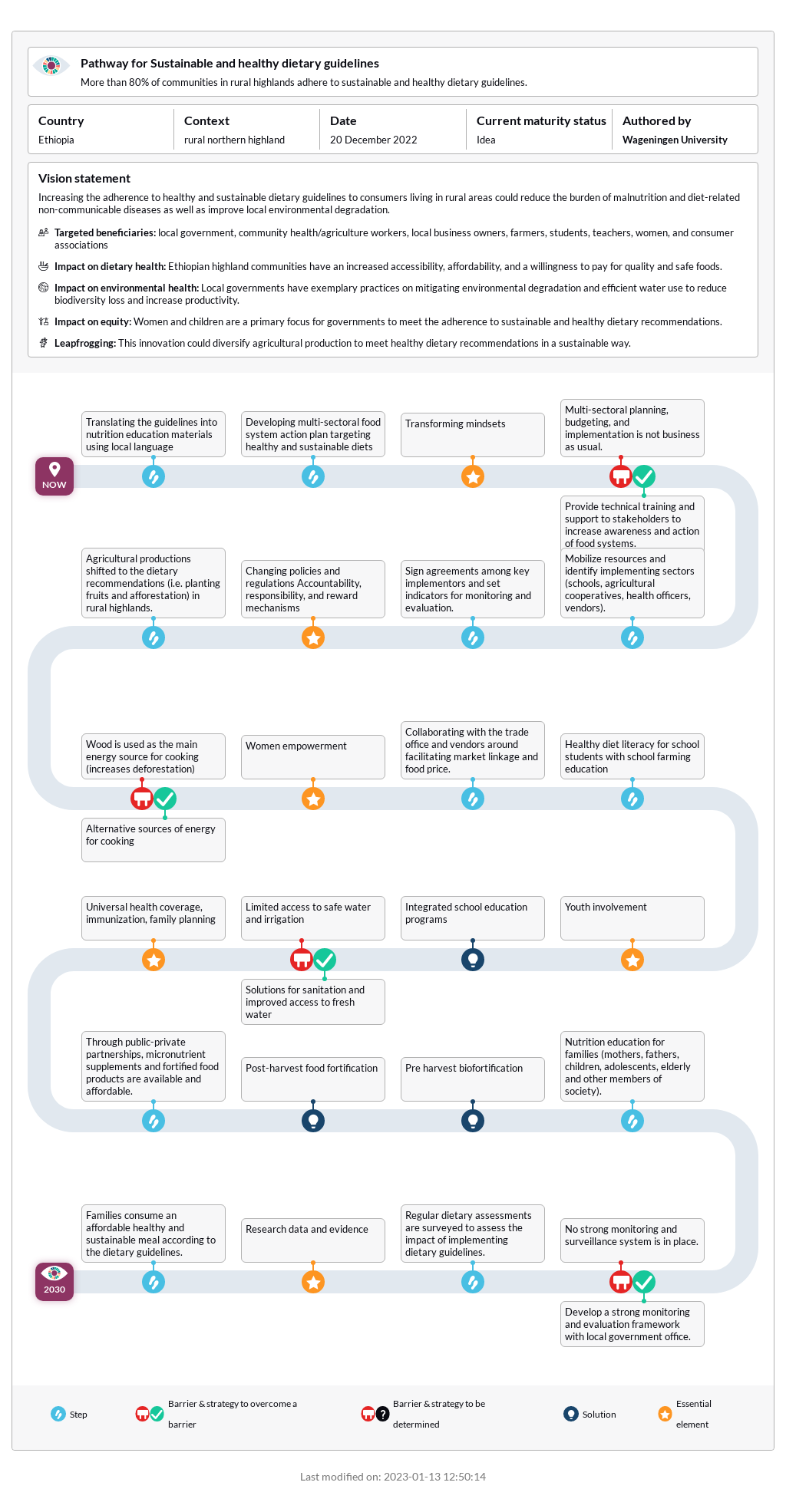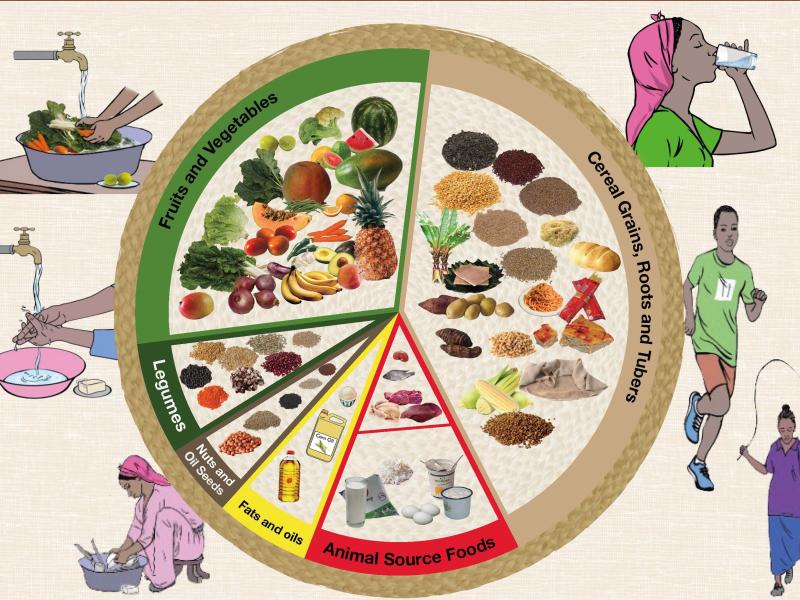The traditional methods of producing food is moving away, where policy and industry focuses on maximizing profit and production, over dietary requirements. In addition, small-scale farms are being merged into large hectares of land for large-scale companies and production of specific staple crops (maize, wheat, rice), which is destroying biodiversity and limiting dietary diversity. Also, placing sustainable diets on the policy ahead remains a challenge since decision makers are not aware of the sustainability concept of a healthy diet. Finally, there is a lack of awareness and it is still in its infancy stage to take a food systems approach to improving healthier diet options.


